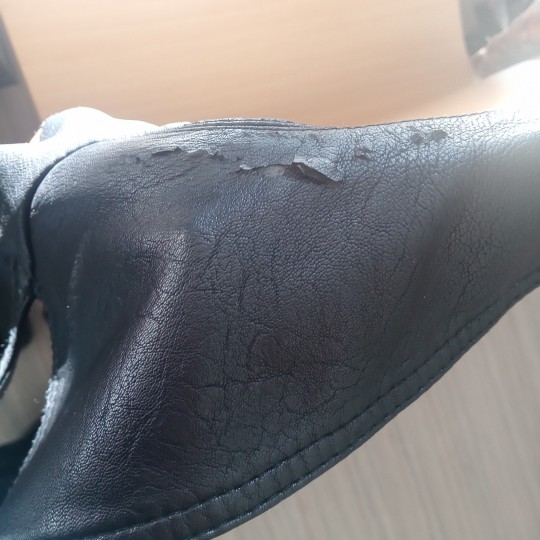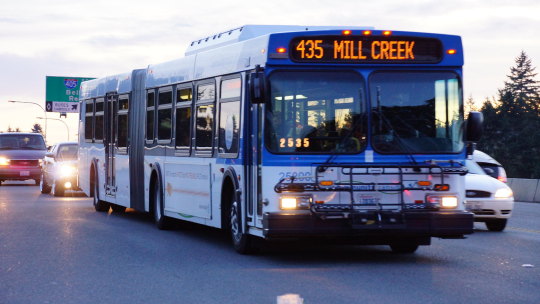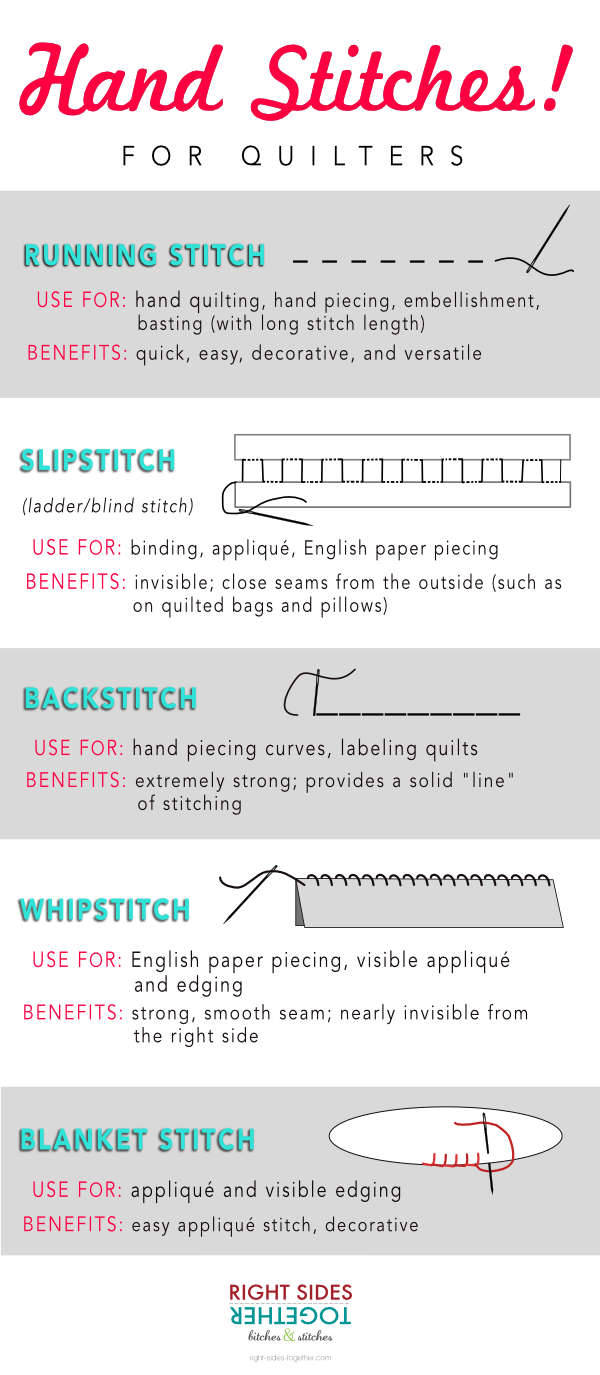Note
Hi! The collar of my fake leather coat is getting used, and i don't really know how to fix it in a way that will still make me look like a punk rock badass. Do you have any ideas? Thanks!

[ID: close-up on the collar of a black pleather coat. The pleather has started to flake.]
Flaking fake leather coat
Mending clothes is extremely punk! That's the whole reason why safety pins have become a signifier of punk.
I've done a few posts on covering up flaking pleather that might be useful to you.
175 notes
·
View notes
Text
i'd rather see 1000 graffiti penises than 1 product billboard. i'd live in dick city if it meant i could avoid advertisements in my daily life.
214K notes
·
View notes
Photo

I’m new to the movement and finding lots of hope in solarpunk. I hope this is okay to post here! via solarpunk
3K notes
·
View notes
Photo

Number of Billionaires In Each Country, 2020.
887 notes
·
View notes
Link
“After decades of publicly funded right-of-ways given to private cars, it would be impossible to simply make transit more convenient than driving. That’s why most transit ridership in the United States is motivated by the hardship of owning, driving and parking cars in dense metro areas, not necessarily good transit.
People marvel at transit outside of the United States without recognizing the many mechanisms that exist to discourage car ownership in those countries. To get a car in Japan for example, you have to prove to the local dealership or authorities that you have a parking space to put it in. To own a car in Paris means being able to find the already rare parking spaces, which are shrinking at a considerable rate, and are near universally metered. In most European cities, the streets are so small and so restricted to vehicular traffic that the only motorized vehicles you’ll see are taxis for tourists and mopeds. Gas prices are also much lower in the United States than global peers, thanks to low gas taxes—that don’t come close to paying for road improvements—and higher levels of fossil fuel extraction.
So yes, making driving harder is key to making transit more used. Traffic jams, high gas prices and parking fees are public transit’s ally. You just can’t really say that because nobody wants to hear: “traffic is good, actually.” But traffic is good, actually. Our problem in America, however, is that making driving harder doesn’t solve the problem for the working class suburbanites, many of whom can’t afford to live in the urban core and want to ride transit that largely doesn’t exist.

in paris, two-thirds of public transport users are women. nytimes/andrea mantovani
“Paris’ war on cars, cycling and transit expansion cut car ownership in half in 20 years. But Paris has something that most American cities don’t have: a high frequency, regional train network. Even as Paris’ unaffordability pushes more of their working class communities into the suburbs, many of these suburbs are relatively dense and are located along high frequency commuter rail with local bus transit. This is unheard of in the single-family home fetishism of American suburbia.

CT 435 northbound on the bothell-everett highway, seattle. flickr/shaneinthecity
“Thus, mass freeway removal without supplemental transit would neither solve the emissions problem or help the American working class stuck in traffic. Meanwhile, the newest Census data shows that American suburbs are not only growing, but they’re diversifying at even faster rates with Black people and people of color migrating there. If we tear freeways down with incoming federal funds from the infrastructure bill—which I intend to advocate for—we need to use the opportunity to expand public transit to more affordable suburban communities as well.

transmilenio bus rapid transit (BRT), bogotá, columbia. flickr/tony_wasserman
“We can help the suburbs by commandeering freeway infrastructure for public transit rather than private cars (while demolishing low use freeway spurs). We can make bus-only lanes on the freeways by taking a lane from cars to establish a suburban bus network. These buses can quickly swoop people into the cities with swift 5-10 minute frequencies while drivers are stuck in traffic. Toronto is already leading the way on an efficient suburban bus network. We should also fund more Amtrak lines that are focused on connecting cities to suburbs and nearby metro areas.
The biggest challenge we’ll face is how to get Americans to support initiatives like these. Anything that takes space away from cars gets fierce opposition, even though after it’s implemented the same opponents end up loving it. The auto industry has done serious indoctrination of the public but that doesn’t mean it’s insurmountable.”
read more: darrellowens, 25.11.21.
47 notes
·
View notes
Text

This is about Sci-Hub. yeah we get it.. gatekeep knowledge and protect the interests of capital…
271K notes
·
View notes
Text
Let's talk stitches!
While a sewing machine is super convenient, having access to one is not required for mending. Most mends can easily be done by hand. If you're really patient, you can even make entire garments by hand, just like they did in ye olden days.
So, let's take a look at a few basic hand sewing stitches to get you started.

(Image source) [ID: hand stitches for quilters: the running stitch, slipstitch, backstitch, whipstitch, and blanket stitch.]
The running stitch
The running stitch can be used for many purposes. It's popular in embroidery, and can be used to outline shapes or baste (temporarily secure) pieces together. It can also be used to ruffle fabric by hand, and I personally use it a lot to secure patches in place when covering up holes in garments. The running stitch is also the base stitch for sashiko, a popular style of visible mending.
Video tutorial for the running stitch
Text tutorial for the running stitch
The slipstitch
The slipstitch, also known as the ladder stitch, is my go-to stitch for closing tears and fixing torn seams. This stitch is frequently used to sew pieces of knitting together, too. You can also use it to make small size corrections in a garment, for example to add a quick dart or to make a side seam smaller. It's invisible on the outside, which makes it a great stitch to fix up things like plushies, duvet covers, or pillows.
Video tutorial for the slipstitch
Text tutorial for the slipstitch
The backstitch
The backstitch will likely be the stitch you'll be using the most when working on a project. It's a strong, clean stitch that can be used for almost anything: seams, hems, embroidery, attaching two pieces of fabric together, zippers,... This is also the best stitch to imitate machine sewing with. If you're only going to learn one hand sewing stitch, then make it the backstitch!
Video tutorial for the backstitch
Text tutorial for the backstitch
The whipstitch
The whipstitch, also known as the overcast stitch, can be used to stop fabric edges from fraying and is great to finish seams off with. It can also be used to quickly sew two pieces of fabric together, for appliqué, or as a decorative technique. I personally prefer the blanket stitch over the whipstitch because it's a little cleaner, but the whipstitch is faster than the blanket stitch.
Video tutorial for the whipstitch
Text tutorial for the whipstitch
The blanket stitch
The blanket stitch is great for finishing off seams and stopping fabric from fraying. It's also frequently used for appliqué and embroidery, and can be used to make button holes by hand. It looks neater than the whipstitch, but is also slower to get done.
Video tutorial for the blanket stitch
Text tutorial for the blanket stitch
Conclusion
Get yourself a spare piece of fabric and try these stitches out before attempting them on a real project. I promise you'll get the hang of them quickly!
If you're only going to learn one of these, then make it the backstitch as it's the most versatile hand stitch.
6K notes
·
View notes
Text
The moment a movement becomes commercialized, it dies.
49K notes
·
View notes
Text
Decluttering and sustainability
I've been doing some decluttering at home, and thought I'd give you all a glimpse of what that could look like when you're trying to be more sustainable.
Some things I did:
I cleaned out my closet, and did three things with the items I decided to get rid off (after washing them): I took pictures of a few brand-name garments to sell online, put my worn-out clothes in my sewing stash to reuse in future projects, and donated the rest to a local charity shop.
I took my shoes to a cobbler to get my worn-out heels fixed. It cost me €15, which is a whole lot cheaper than a new pair of orthopaedic shoes. This will probably make them last for at least another year.
I realised my closet is lacking cardigans, something I wear a lot, and bought a good quality second-hand cardigan on Vinted. I specifically looked for one that's a 100% my style so I know I'll still like it for years to come.
I gave away a bunch of jewellery and craft supplies to a neighbour through my local Freecycle network. Even if a lot of it is plastic, I can't undo the fact that they've been made. Keeping them in circulation is much less wasteful than throwing them away. On top of that, my neighbour won't feel the need to buy new things if they can use my old stuff instead.
I darned a pair of socks that had holes in them. This will make them last longer, so I don't have to buy a new pair any time soon.
I traded a few things for a set of preserving jars. I want to learn how to preserve food and avoid food waste. If I can get objects that would otherwise have gone to landfill back in circulation again while I'm at it, I might as well.
I mended my umbrella. The fabric had become loose on one of the spokes so I sewed it back in place, and the Velcro on the strap had worn out so I replaced it with a snap button. I also put some black nail polish on the metal tip because the original black paint was starting to wear out.
I already unsubscribed to as much junk mail as I could, but there's always some left that makes it into my mailbox. Some of the junk I received turned out to be really good quality paper, so I put it aside to be used as pattern paper in the future instead of recycling it.
I reorganised my bookcase and put a few books I don't use any more aside to give to a friend who I know will like them. Gifts don't need to be brand new: they just need to be meaningful.
Conclusion:
Nobody's perfect and neither is life: it's okay if you can't go zero waste or recycle every little thing you own. I know I'll never be able to live a 100% sustainable life if I'm being realistic, but 10% is better than 0%. Perfectionism leads to inaction. Do what you can, and don't beat yourself up over what you can't.
You don't need to do everything I did. Your life is different than mine. This post only serves to give you a few ideas if you don't know where to start.
836 notes
·
View notes
Text

Capitalism only values nature by how it can be exploited.
97K notes
·
View notes
Link
The United States, it found, is a “super emitter” of carbon dioxide, given its energy mix and consumption habits, with Americans, on average, emitting three times more carbon than the rest of the world. And for some regions, the disparities are even greater: an average American emits 21 tons of CO2 every year, for example, compared to a person in sub-Saharan Africa, who emits just 1.6 tons. …
Wealthy people in East Asia and the Middle East emitted more CO2 (around 39 and 34 tons in 2019, respectively) than the poorest people in Europe, who emitted 5 tons per person that same year. … The most affluent Europeans, are responsible for 29 tons of carbon dioxide every year.
Within the U.S., the difference between the upper 10 percent and the lower half is stark. While the richest Americans are the highest emitters on Earth, releasing 75 tons per person each year, a low-income American emits about 10 tons over the same time period.
28 notes
·
View notes
Text
Cynicism in humanity directly benefits those in power, who use the idea that people are intrinsically bad to justify the cruelty necessary to justify and perpetuate their power over others
10 notes
·
View notes





